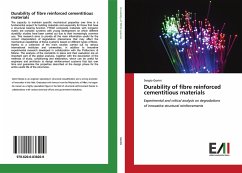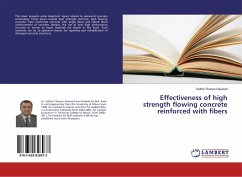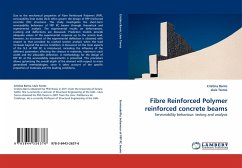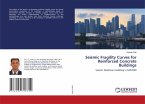This book describes the physical and mechanical characteristics of cement eco-nanocomposites reinforced with hemp fabric (HF) and nanoclay platelets. Results indicate that the nanoclay behaves not only as a filler to improve the microstructure, but also as an activator to promote the pozzolanic reaction and thus improved the adhesion with hemp fabric. The optimum content of nanoclay was 1 wt %. The HF-reinforced nanocomposites containing 1 wt % nanoclay decreased the porosity and increased the density, flexural strength and fracture toughness compared to the HF-reinforced cement composite. However, the addition of more nanoclay ( 2 wt %) in the HF-reinforced cement composites adversely affected the flexural strength and the fracture toughness. These cement eco-nanocomposites can provide new insights for the development of new environmental-friendly nanomaterials for building applications. This hemp fibre reinforced cement eco-nanocomposite could be an interesting alternative to conventional polymeric fibre reinforced cementitious composites in the construction industry. Potential applications include sandwich panels, ceilings, roofing sheets, and concrete tiles.








